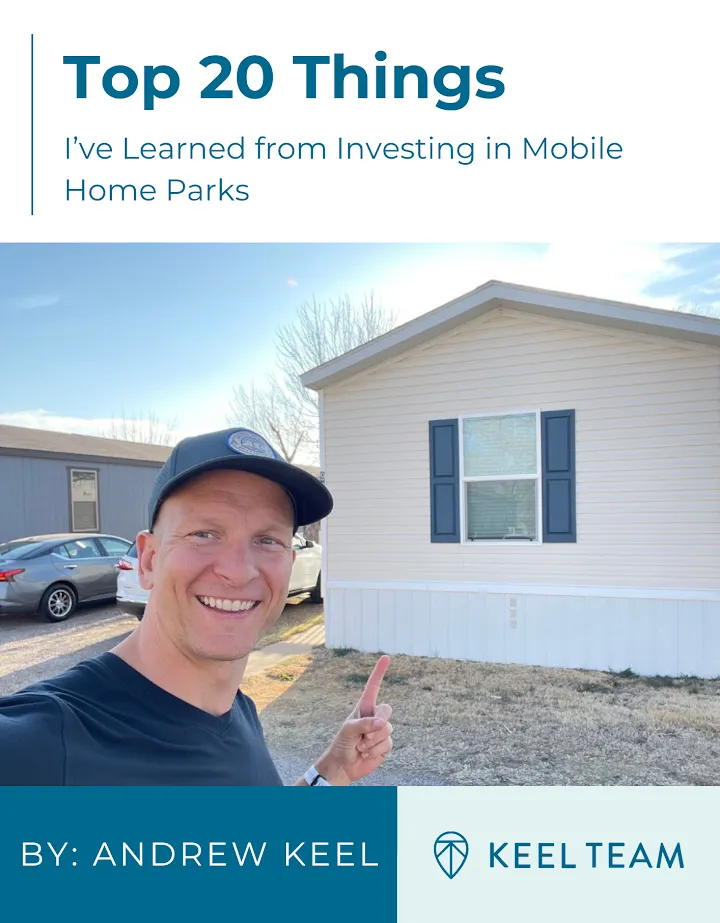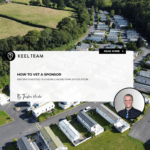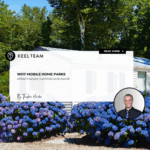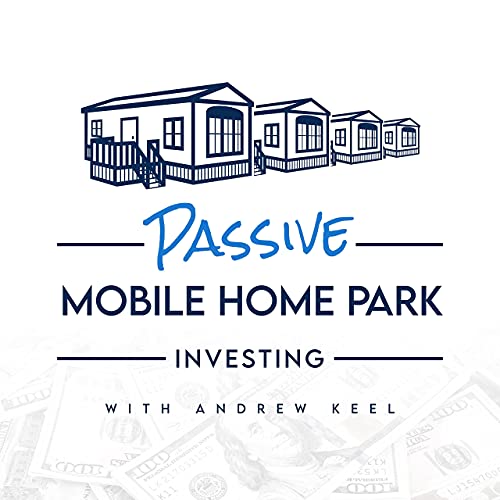Mobile Home Park Lot Rent Guide: Balancing Profit and Retention
-
 Tristan Hunter - Investor Relations
Tristan Hunter - Investor Relations
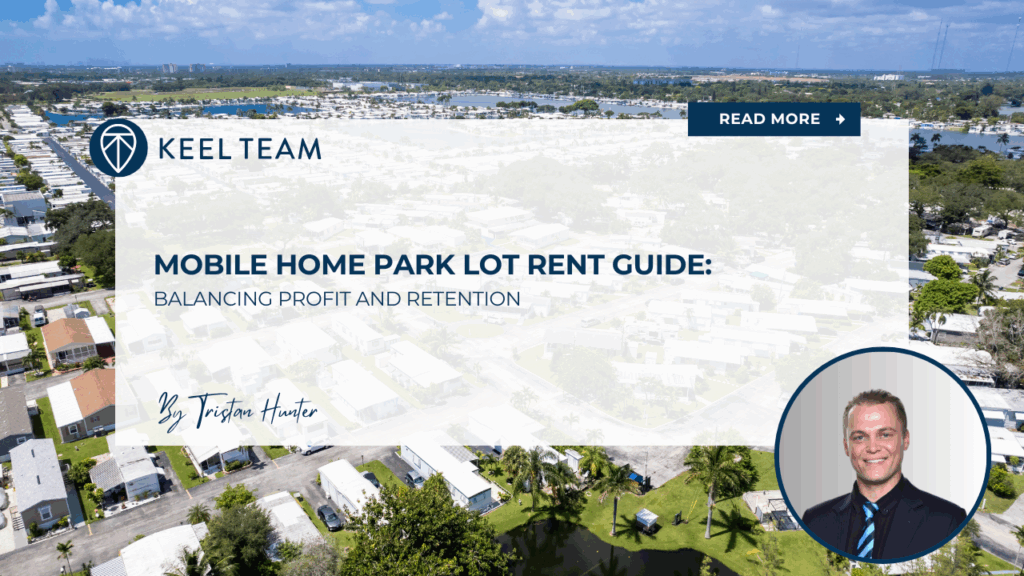
Mobile home park investing typically thrives on a delicate balance: maximizing revenue while keeping tenants happy. Setting competitive lot rents may drive profitability, but missteps could lead to vacancies and turnover, especially in high-demand areas. A data-driven approach to lot rent optimization, grounded in local market analysis, mobile home park amenities, and tenant demographics, can offer a path to sustainable growth. By implementing gradual rent increases alongside tangible improvements and clear communication, investors may boost cash flow potential without alienating residents. This article explores practical strategies to help achieve that balance, ensuring mobile home park owners can enhance profits while fostering tenant loyalty. Here’s the step-by-step guide to mobile home park lot rent:
Why Mobile Home Park Lot Rent Optimization Matters
Lot rents represent the primary revenue stream for mobile home park owners. Setting rents too low may leave money on the table, while excessive hikes could spark tenant dissatisfaction or vacancies. High turnover disrupts cash flow and increases costs for marketing and maintenance. Optimizing lot rents involves aligning pricing with market conditions, mobile home park value, and tenant expectations. A thoughtful approach may strengthen financial performance and build a stable, long-term tenant base.
The Cost of Misaligned Rents
Underpriced lots may attract tenants but erode profitability, limiting funds for upgrades or debt service. Overpriced rents, meanwhile, could push residents to competitors or nearby apartments, especially in markets with abundant housing options. Data from the U.S. Census Bureau suggests that mobile home park vacancies rose slightly in competitive markets from 2020 to 2024, underscoring the need for strategic pricing to maintain occupancy.
Download our FREE eBook on the Top 20 things to know BEFORE investing in mobile home parks!
Step 1: Conduct a Local Market Analysis
Before adjusting lot rents, investors should analyze the local market to understand supply, demand, and pricing trends. A thorough market study may reveal what tenants are willing to pay and how your mobile home park compares to competitors.
Gather Competitive Data
Start by researching lot rents at nearby mobile home parks. Focus on properties with similar amenities, sizes, and locations. Online platforms like MHVillage or local real estate listings may provide rent ranges. Additionally, contact mobile home park managers or visit properties to collect firsthand data. Aim to compare at least five to ten comparable mobile home parks within a 20-mile radius.
Evaluate Market Trends
Next, assess broader housing trends. Are apartment rents rising? Is there a shortage of affordable housing? Data from sources like Zillow or the National Low Income Housing Coalition may highlight demand for budget-friendly options like mobile home parks. In high-demand areas, where median home prices exceed $400,000, mobile home parks may command higher rents due to limited alternatives.
Consider Location Factors
Location heavily influences rent potential. Mobile home parks near urban centers, major employers, or recreational areas may justify higher rents. Conversely, rural mobile home parks may face pricing constraints. Analyze proximity to schools, shopping, and public transit, as these factors shape tenant preferences.
Step 2: Assess Mobile Home Park Amenities
Amenities play a critical role in justifying lot rents. Tenants may pay more for mobile home parks offering modern facilities, safety features, or community perks. Evaluating and enhancing amenities may support higher rents while improving tenant satisfaction.
Benchmark Your Amenities
Compare your mobile home park’s offerings to competitors. Common amenities include paved roads, street lighting, community centers, playgrounds, and laundry facilities. Premium features like gated entrances, pools, or dog parks may set your mobile home park apart. Create a checklist to identify gaps and prioritize upgrades that align with tenant needs.
Tie Rent Increases to Improvements
Gradual rent increases may feel more palatable when paired with visible enhancements. For example, adding a new playground or upgrading utility systems could justify a 3-5% rent hike. Data from the Manufactured Housing Institute suggests that mobile home parks with modern amenities maintain occupancy rates above 90%, even after modest rent increases.
Step 3: Understand Tenant Demographics
Tenant demographics shape rent affordability and retention. Tailoring your pricing strategy to residents’ financial profiles may minimize turnover and foster loyalty.
Analyze Income Levels
Examine the income levels of your tenants and the surrounding community. U.S. Census data or local economic reports may provide median household income figures. In areas where incomes hover around $50,000, lot rents of $500-$700 per month may be sustainable, provided they align with market rates. Higher-income tenants may tolerate rents approaching $1,000 if amenities and location add value.
Consider Tenant Priorities
Different demographics prioritize different features. Families may value schools and playgrounds, while retirees may seek quiet settings and accessibility. Surveys or tenant feedback sessions could reveal what residents value most, guiding your pricing and improvement decisions.
Step 4: Implement Gradual Rent Increases
Sudden, steep rent hikes may trigger tenant backlash or vacancies. A gradual approach, supported by improvements and clear communication, may ease the transition and maintain goodwill.
Adopt a Tiered Increase Strategy
Instead of a flat 10% increase, consider tiered adjustments based on lot size, location within the mobile home park, or tenancy length. For instance, newer tenants may face slightly higher increases than long-term residents. A 3-5% annual increase, in line with inflation or market growth, often strikes a balance. Data from the Consumer Price Index shows rent increases of 2-4% annually are typical in stable housing markets.
Time Increases Strategically
Schedule rent increases during lease renewals or after completing visible upgrades, such as repaved roads or new lighting. Avoid mid-lease hikes, as they may violate tenant agreements or local regulations. Check state and local rent control laws, as some areas cap increases for mobile home parks.
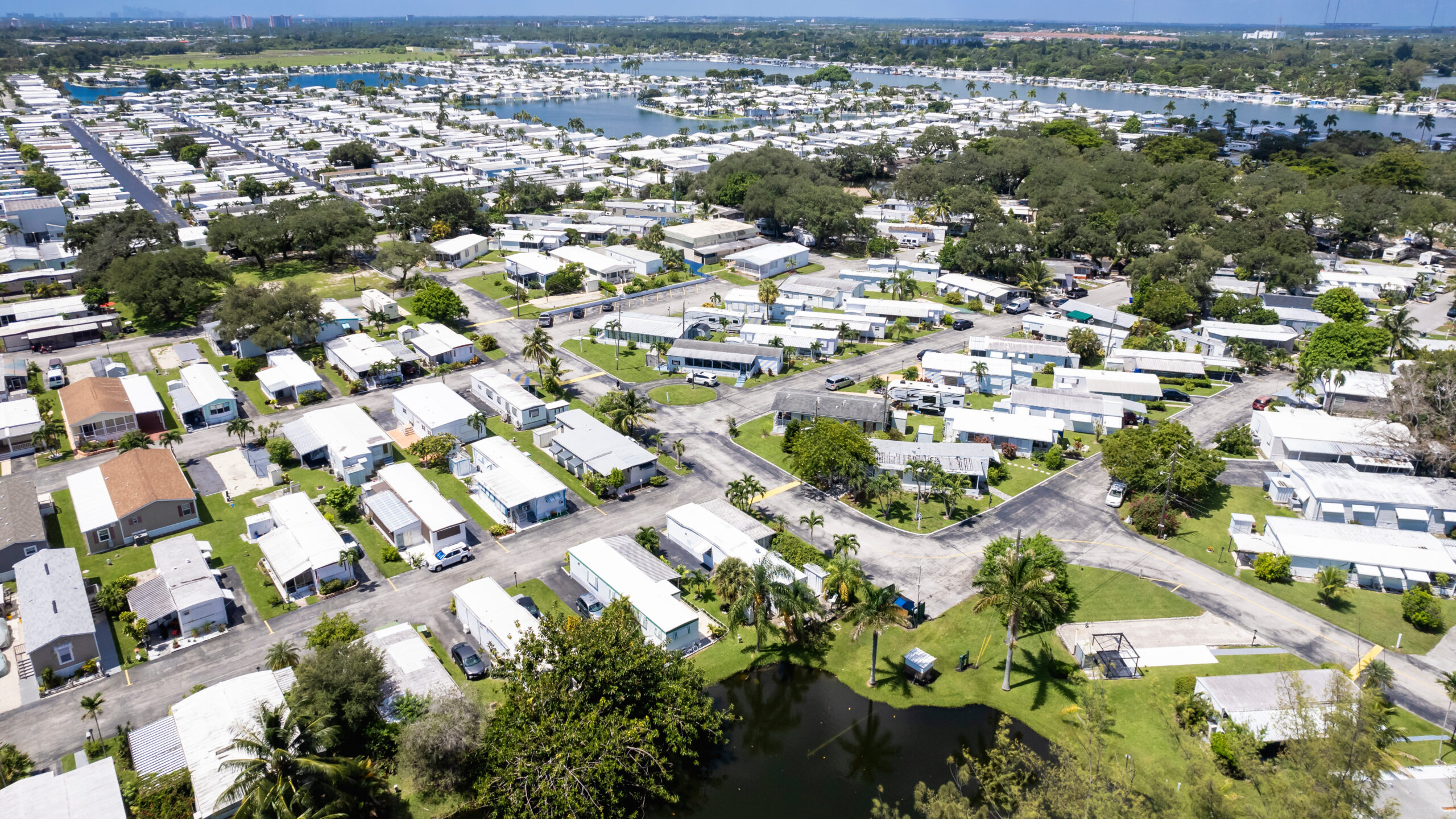
Step 5: Communicate Value to Residents
Transparent communication may prevent tenant frustration and build trust. Highlighting the value of rent increases may help residents see the benefits of staying in your mobile home park.
Use Multiple Channels
Announce rent changes through letters, emails, or community meetings. Explain how funds will improve the mobile home park, such as by adding a fitness area or upgrading utilities. Personalize messages to emphasize benefits for residents, like enhanced safety or comfort.
Showcase Improvements
Host open houses or send newsletters showcasing recent upgrades. For example, after installing new streetlights, share before-and-after photos or invite tenants to a “safety night” event. These efforts may reinforce the connection between rent increases and tangible benefits.
Address Tenant Concerns
Encourage feedback through suggestion boxes or office hours. Respond promptly to concerns about affordability or maintenance. Offering flexible payment plans or referral discounts could ease financial strain and reduce turnover.
Step 6: Monitor and Adjust
Lot rent optimization is an ongoing process. Regularly monitor occupancy rates, tenant feedback, and market conditions to ensure your strategy remains effective.
Track Key Metrics
Measure occupancy rates, turnover costs, and revenue growth monthly. If vacancies rise after a rent increase, it may signal overpricing. Conversely, consistently full lots may suggest room for further adjustments. Aim for occupancy rates above 85%, a benchmark for healthy mobile home park performance.
Stay Competitive
Revisit your market analysis annually to stay ahead of competitors. If nearby mobile home parks add amenities or lower rents, adjust your strategy to remain attractive. Staying informed about local housing trends may help you anticipate shifts in tenant demand.
Final Thoughts
Optimizing lot rents in a mobile home park requires a careful blend of data, strategy, and empathy. By analyzing local markets, enhancing amenities, and understanding tenant demographics, investors may set competitive rents that drive profitability. Gradual increases, paired with clear communication and visible improvements, may minimize turnover and foster tenant loyalty. While no approach guarantees success, a thoughtful, data-driven strategy may position your mobile home park for long-term financial stability and resident satisfaction. Start small, monitor results, and refine your plan to keep your mobile home park thriving in any market.
Are you looking for MORE information? Book a 1-on-1 consultation with Andrew Keel to discuss:
- A mobile home park deal review
- Due diligence questions
- How to raise capital from investors
- Mistakes to avoid, and more!
Disclaimer:
The information provided is for informational purposes only and is not investment advice or a guarantee of any kind. We do not guarantee profitability. Make investment decisions based on your research and consult registered financial and legal professionals. We are not registered financial or legal professionals and do not provide personalized investment recommendations.

Tristan Hunter - Investor Relations
View The Previous or Next Post
